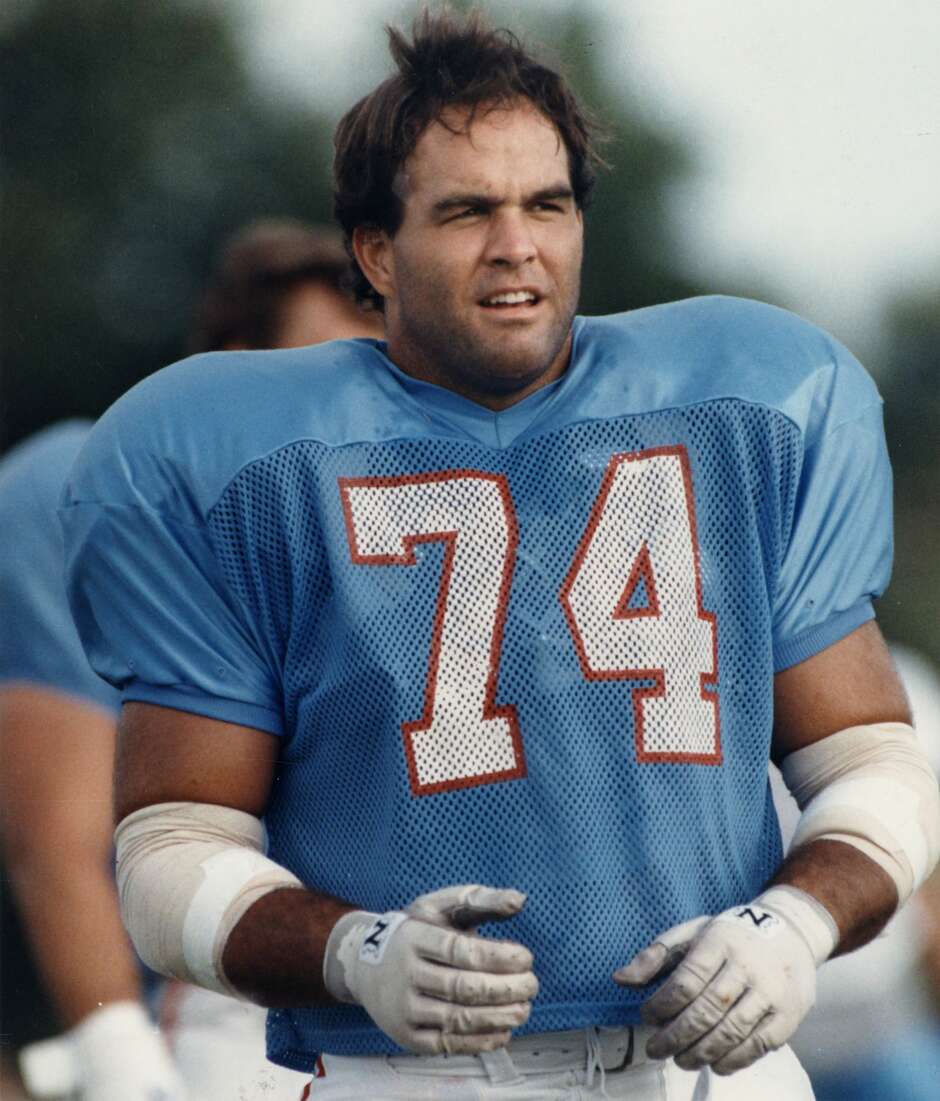

But Wednesday in New York was ‘Look Day’ then: cartoon editors looked at your submissions if you brought them in personally. In those days, you could make a living doing magazine cartooning. “We’ll meet you on Wednesday and take you around, they said. “They said, Do a batch of roughs, about 10-15 a week,” Boltinoff recalled. They advised him to start doing cartoons for magazines. He turned to two high school classmates, George Wolfe and Ben Roth, both cartoonists, who were sharing a studio. When the American folded in 1937, Henry Boltinoff was out of work. When the paper suddenly started asking for four-column pictures, Boltinoff’s salary doubled. He was paid by the column, $25 for a two-column picture, two a week. His brother Murray was assistant drama editor at the New York America, and Henry did theatrical portraits for the paper. He was nineteen and attending classes at the Art Students League in New York City. He started drawing for newspaper reproduction in 1933. “I play tennis.”īoltinoff has been doing Hocus Focus since about 1986. I usually work two hours here, two hours there. If I sat down from nine to five to do a whole week’s work, I’d do it all in a day and a half. I send it up every two weeks every two weeks, they send me a check. The second picture has six different details from the first.
#HOCUS FOCUS HENRY BOLTINOFF HOUSTON CHRONICLE WINDOWS#
He sits at an antique pedestal drawing table in one of the two bedrooms of his apartment with the windows on his right, drawing Hocus Focus, a daily panel for King Features. Now, in February 1998 when I visited Henry Boltinoff in his Florida hideaway, the signature is still as tidy as ever. “If I do a drawing and it appears in print,” he said, “I want my name on it.” You saw the signature even in the comic books, which at the time didn’t usually print the names of the cartoonists or writers who produced their content. And the drawings were just as meticulously rendered - tight drawings, judiciously placed black solids. With a neatly placed underscoring just under the middle of the last name. You saw his signature in all those places. Which proves that prayer works.įor about a decade, Henry Boltinoff was producing Stoker the Broker, a newspaper panel syndicated by Washington Star Syndicate (and then McNaught) full-page and half-page comic strip fillers for National Periodicals comic books (now DC Comics) and panel cartoons for magazines like Saturday Evening Post, Look, Collier’s, Ladies Home Journal, and the like. Driving with Henry was somewhat harrowing: he didn’t steer so much as he lunged, veering sharply - suddenly - off in whichever direction he chose. We talked for an hour or so and then went to lunch. Tired of packing and unpacking, she said, Let’s move to Florida. But, Henry said, his wife put her foot down at last. At first, they’d go to Florida for several months of the year, then return to the New York area. They’d been living full-time in Florida only about four years at the time. He lived alone, his wife having died in about 1992. So I went to his place at Lake Worth, a snug little townhouse in English Court. I asked Jud Hurd, editor/publisher of Cartoonist PROfiles, who was around there, who he’d like a story on and he suggested Henry. And while I was in the neighborhood, I thought I’d call on various cartoonists who lived in the vicinity. I was down in Boca Raton, visiting the International Museum of Cartoon Art (since closed) to assemble original art for an exhibit at the Frye Art Museum in Seattle, Washington. I met Henry Boltinoff on February 14, 1998. He didn’t sign his name big, but it was still a very visible signature.

And his signature was one of the best-known in the business. He was one of the last of a vanishing breed - the cartoonists who began working in the 1930s and worked in every venue of cartooning, magazines and comic books and newspaper comic strips. He had been a cartoonist all his life, since about 1933. His iconic signature could be found in magazines, comic books and comic strips.


 0 kommentar(er)
0 kommentar(er)
